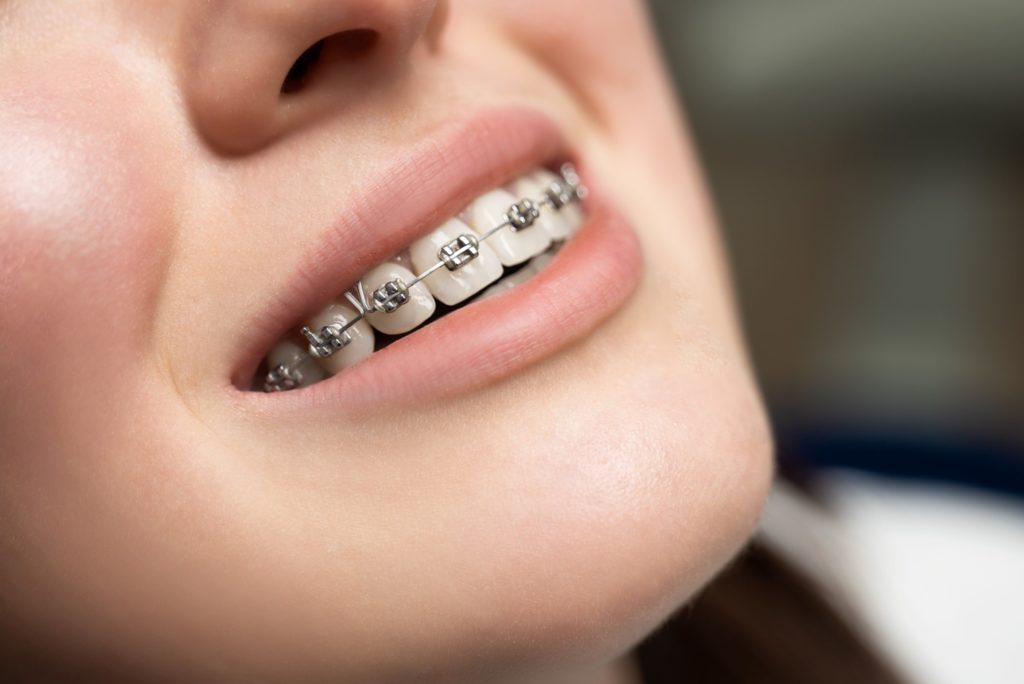The Origins of Braces: How Far Back Do They Go?
Modern braces, as we know them, can be traced to Christophe-Francois Delabarre’s innovation in 1819. But the concept of aligning teeth has roots that stretch thousands of years into ancient history. In this post, we’ll journey through the history of orthodontics, from its earliest documentation to the state-of-the-art treatments of today.
Braces in Ancient Civilizations
Ancient Egyptian, Greek, and Roman societies all experimented with primitive forms of braces. While their methods differ greatly from today’s practices, their intentions were similar—to improve dental alignment.
Orthodontics in Ancient Egypt
Archaeological evidence from ancient Egypt reveals that mummies were often found with metal bands around their teeth, secured by cords made from animal intestines (or “catgut”). These early braces aimed to maintain tooth alignment and likely held cultural significance related to beliefs in the afterlife. Historians speculate that these braces were sometimes applied post-mortem to ensure the deceased’s teeth remained aligned for eternity.
Orthodontics in Ancient Greece and Rome
The Greeks and Romans made further advancements, using materials like gold, silver, and bronze to craft devices for dental alignment. Around 400 B.C., Hippocrates provided one of the first known descriptions of dental irregularities, and philosopher Socrates mentioned the Etruscan practice of using gold bands to secure teeth after death. Additionally, Roman philosopher Aulus Cornelius Celsus recorded a treatment involving gentle finger pressure on teeth—a technique that marked an early attempt at orthodontic intervention.
Medieval and Renaissance Orthodontics
During the Middle Ages and Renaissance, orthodontics progressed under barber-surgeons who performed dental procedures. They often extracted teeth to create space, a painful and risky method for improving alignment. However, they also employed ligatures (bands of wire or cord) to shift teeth over time, laying a foundation for later advancements. Notably, French barber-surgeon Ambroise Paré pioneered the “expansion arch,” a device to widen the upper jaw and address overcrowded teeth—significant milestones in orthodontic history.
The Development of Modern Braces
The journey toward modern orthodontics gained momentum in the 18th and 19th centuries. Christophe-Francois Delabarre introduced the wire crib in 1819, a horseshoe-shaped device that applied pressure to realign teeth. By the 19th century, stainless steel and other durable materials made braces more accessible and effective, marking a shift toward orthodontics as we know it.
The 20th Century and Beyond: Self-Ligating Braces and Clear Aligners
In the 20th century, advancements continued at a rapid pace. Self-ligating braces, which use clips instead of elastic bands, reduced the need for frequent adjustments. The introduction of clear aligners revolutionized the field, offering a discreet, removable alternative to traditional braces.
Today, orthodontics is a highly advanced dental specialty with a variety of options to suit each patient’s needs, from metal braces to clear aligners. Thanks to these developments, orthodontists can provide effective, comfortable, and customized treatments for patients of all ages.
Advanced Orthodontic Options at Frey Orthodontics
At Frey Orthodontics, we combine the latest technology with expert care to help you achieve your ideal smile. From traditional braces to cutting-edge clear aligners, we offer a range of options tailored to each patient’s needs. Begin your journey to a confident smile—schedule a free consultation with us today!
